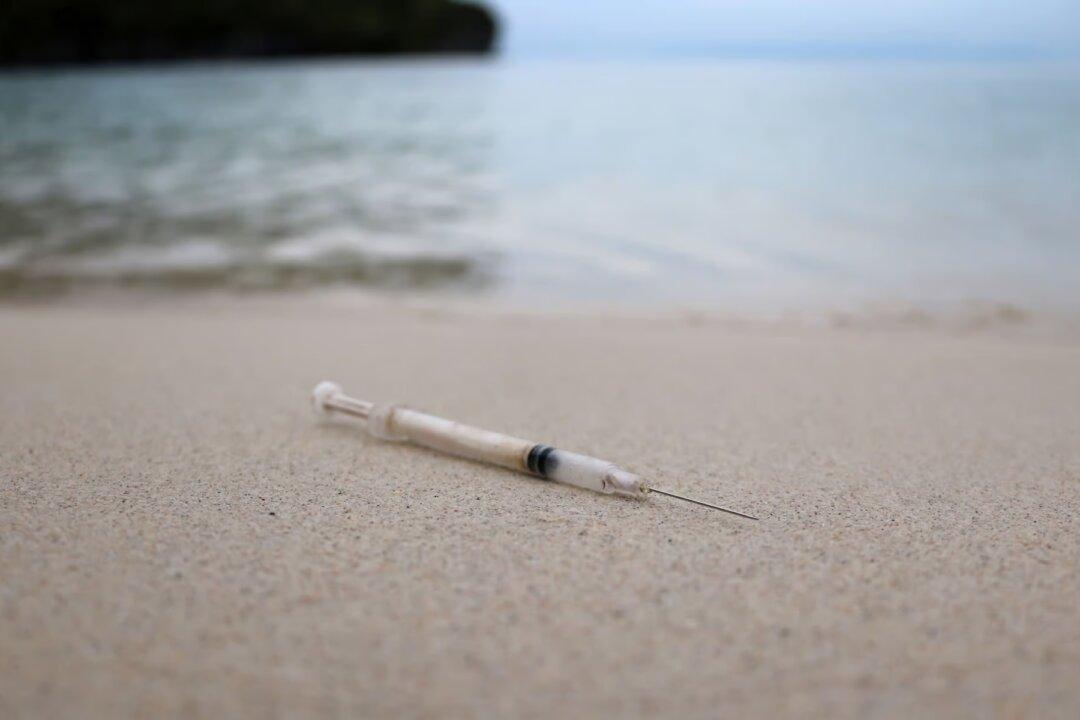Commentary
The Department of Child Protection (DCP) must pay compensation and medical expenses to a youth worker who developed pericarditis after getting a COVID booster under a workplace vaccination directive, the South Australian Employment Tribunal has ruled.




